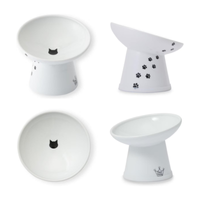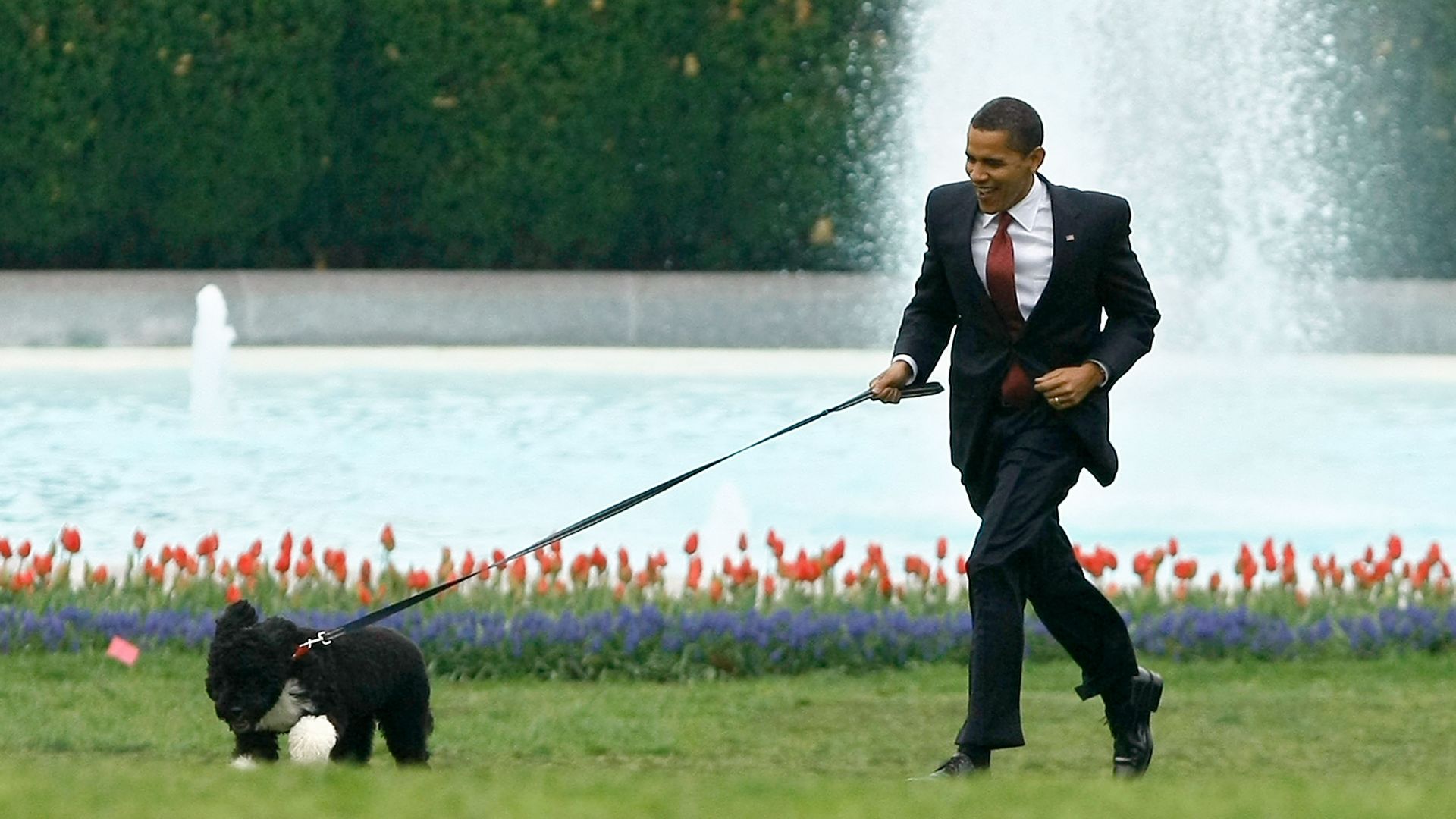Is your cat fussy about food? Vet shares 9 reasons why and how to help them eat
We know it can be frustrating when your cat is fussy about food. Read on for help from our vet.
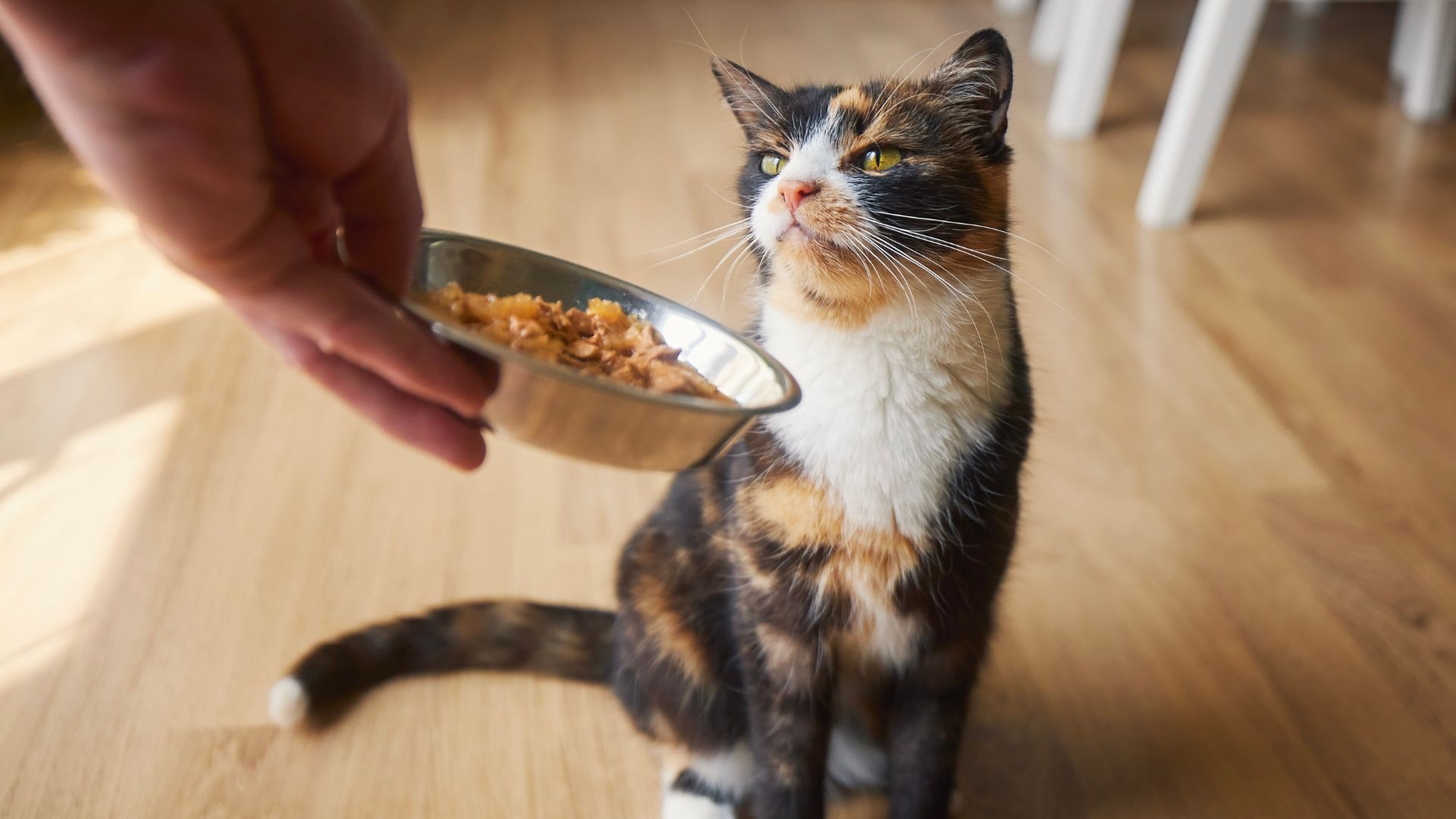
If your cat is fussy about food, it can be worrying and even frustrating. People like to say that cats are easier than dogs to look after, but I think those of us who have looked after cats might disagree. Cats like to do their own thing, and that includes becoming fussy about their food for no apparent reason.
But in my eight years of being a vet, I’ve found there’s usually a hidden reason cats get picky with their food – it’s just not always obvious to us!
In this guide, I’m going to list the reasons your cat might suddenly have become fussier, as well as ways to encourage your cat to eat if they’re being fussy about food. One option might be to use one of the best smart pet bowls to help make feeding time easier. Let’s look at what else you can do to help.
Why is my cat fussy about food?
Cats form food preferences early in life, so what they’re fed as a kitten (whether that’s the best kitten food or something else) tends to be their preferred flavor and texture. But, that said, cats can also become averse to foods they associate negatively with. For example, your cat might refuse their food if it reminds them of being sick (well, wouldn’t you?). So, a cat’s preferences are set early in life, but they can become more fussy as they get older too, due to developing new aversions.
Before you try to encourage your cat to eat, working out why your cat is fussy about food is helpful. If you can work out the underlying reason for your cat’s behavior, it’ll be easier to offer them a solution that works for everyone. Here’s some reasons to consider:
1. They have tooth pain
Dental disease is hugely underdiagnosed, meaning there are a lot of cats out there living with dental pain. If your cat changes preference from dry food to wet (or even the other way!) or seems to eat more slowly, dropping food, tooth pain is high on the list for why they’re so fussy.
Keeping your cat’s teeth clean can help prevent dental pain, but if they’ve already got a problem they need a vet visit. Note that you might not always see a visual sign of dental pain in cats – like everything else secretive about them, their teeth often have painful problems below the gum line, where we can’t see them just by looking!
2. They have an underlying health condition
Inappetence is one of the most common signs a cat can have, meaning it’s a symptom of just about everything from arthritis to heart disease. They might still eat a little, but because they feel ill or painful they won’t eat as much as usual. This can look like they’re being fussy, but it’s not quite the same. If your cat is still eating their food, but just less of it, a vet visit is usually in order.
3. They have whisker fatigue
Cat experts still can’t agree whether whisker fatigue is a real thing, but in my opinion it can explain some cases where cats suddenly seem to stop wanting to eat or drink. The theory is that their sensitive whiskers get ‘tired’ of touching the sides of the bowl, and as someone who has felt ‘touched out’ from near-constant contact with toddlers, I can relate! It’s usually made worse with a deep bowl, so try a shallower one or even put their food on the floor for a while.
Necoichi Tilted Stress Free Raised Cat Food Bowl
This food bowl is wide and shallow, reducing the risk of whisker fatigue for your cat. It's also raised and tilted to help prevent neck strain.
4. They have an aversion
As we mentioned above, cats can develop aversion to foods they associate with illness or fear. So, if your cat is eating their favorite food and then something stressful happens, they might become fussy about it in future. Similarly, if they have to have a hospital visit because they feel sick, they might be fussy in future. Trying a new food can give them a fresh start, but to avoid more aversions don’t change their food while they’re still ill, stressed, or painful.
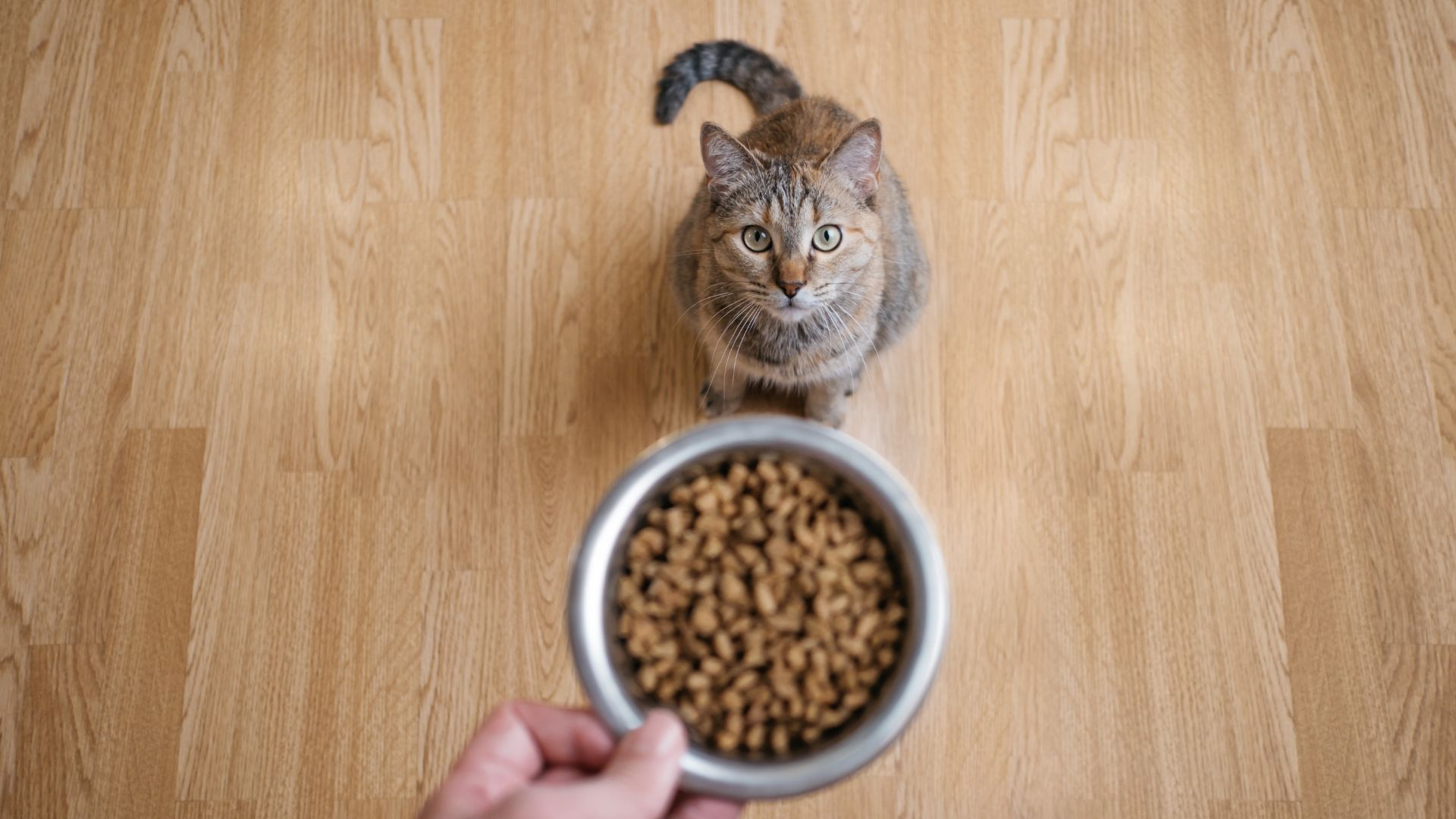
5. They’re feeling stressed or bullied
Whether it’s a cat in a multi-cat household or a neighborhood bully, having another cat watching them eat can be very off-putting. Cats might start to eat fussily if they feel stressed, anxious, or bullied by other cats nearby. Try giving them somewhere private to eat.
6. They’re holding out for something better
If you have been giving tidbits and your cat has come to expect them, they’re very capable of holding out for something better. Try to resist topping their meal or switching it out if you feel this could be a possibility, or you’ll be stuck in a cycle of giving them that little bit extra.
7. They’re getting something better elsewhere
You might not be indulging their need for something a little better, but someone else might. If someone else in the family is giving them the best cat treats, or a neighbor is feeding your cat, they aren’t going to be hungry for their dinner. Try asking your neighbors if anyone feeds them, or a special ‘do not feed’ collar can help if they go further afield for their extra meal!
If you suspect your cat is being fed elsewhere, this collar will politely tell neighbors that they shouldn't. It comes in nine different sizes so you'll be able to find the perfect fit for your cat.
8. Their food is getting old, off, or rancid
Does cat food expire? Yes, it does! Your cat might start turning their nose up if their food is going off. This is most likely if a large pack of dry food is left open, but it can also happen if pouches of food are damaged. Keep an eye on best before dates and try to store large bags of food in airtight containers, away from light, to reduce this.
9. Their bowl is dirty
Cats are very sensitive to potential contamination of their food, and they’ll avoid eating from a dirty bowl. Make sure you clean it regularly (at least daily) to make sure it’s fresh and clean for them.
How do you encourage fussy cats to eat?
Whatever the reason for your cat’s fussiness with their food, there are some things you can do to encourage them to eat. Here are some of my favorite tried and tested methods:
1. Provide multiple food bowls
Cats don’t like to share their resources, and that includes food bowls. In fact, multi-cat households need one per cat, plus one spare. They also prefer a choice of eating places. By providing novelty with several food bowls, your cat might get over their fussiness and eat more. Try to use shallow bowls at various heights and of various materials – here’s our guide to the best cat food bowl to help.
2. Give them some privacy
Your cat might not want to have someone standing over them while they’re eating, whether that’s another cat or a person. While it’s natural to want to encourage them, most cats feel more comfortable with being left alone - you can check back in on their bowl and how much they’ve eaten later.
3. Try a new food
Sometimes a new food can revitalize their interest, especially if there’s a chance they could have developed an aversion. Try to stick to the same texture they’re used to, but try a new flavor of the best cat food.
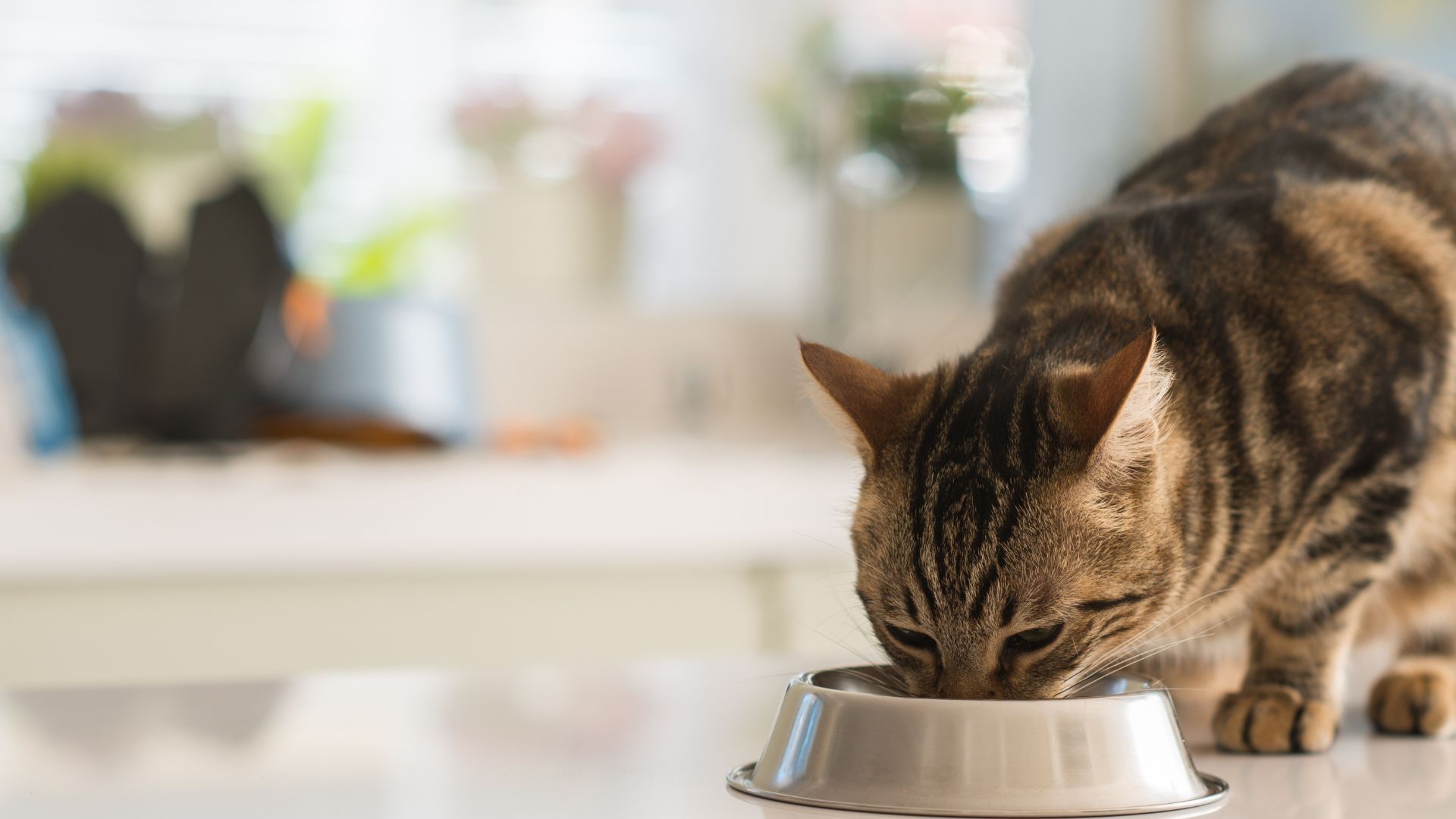
4. Feed little and often
Cats naturally would have six to eight small meals a day, rather than one or two big ones. Your cat might just be struggling to eat all their calories in one go, especially if they’re small or elderly. Try feeding smaller meals more often – a timed automatic cat feeder can be very helpful for this!
5. Stimulate interest
Try allowing your cat to hunt their food to stimulate their interest in it. The best cat puzzle feeders and games just before dinner time can help them work up an appetite and fill some of their natural need for hunting.
6. Warm the food
Cats prefer their food warm, like a fresh kill. It also smells a lot stronger. Adding a small amount of boiling water or microwaving wet food for just a couple of seconds can work well. Just make sure to stir it to avoid hot patches, and test it to make sure it isn’t too warm before feeding it to your cat.
7. Try a topper
Another option is to add a small sprinkle of something delicious to the food. You can buy toppers made for this. This is best used when your cat has a medical reason they haven’t got much of an appetite, but their vet says they need to eat more. If you use it to tempt a cat that’s gone fussy for no reason, you could get stuck in a cycle of needing to give the topper to get them to eat.
Cats are finicky, and there are plenty of other weird cat behaviors we pet parents are likely to notice! That said, there are medical reasons your cat might not be interested in his food. If your cat doesn’t eat for 24 hours it’s time to head to the vet to find out what’s wrong.
If you found this useful, you might also be interested in our articles on cats not eating, cat won't eat dry food and cat won't eat wet food.
PetsRadar Newsletter
Get the best advice, tips and top tech for your beloved Pets
After graduating as a vet from the University of Nottingham, Dr Joanna Woodnutt went on to practice companion animal medicine in the Midlands. Since then, she has also written for countless online and print publications and is a regular contributor for Edition Dog Magazine.
